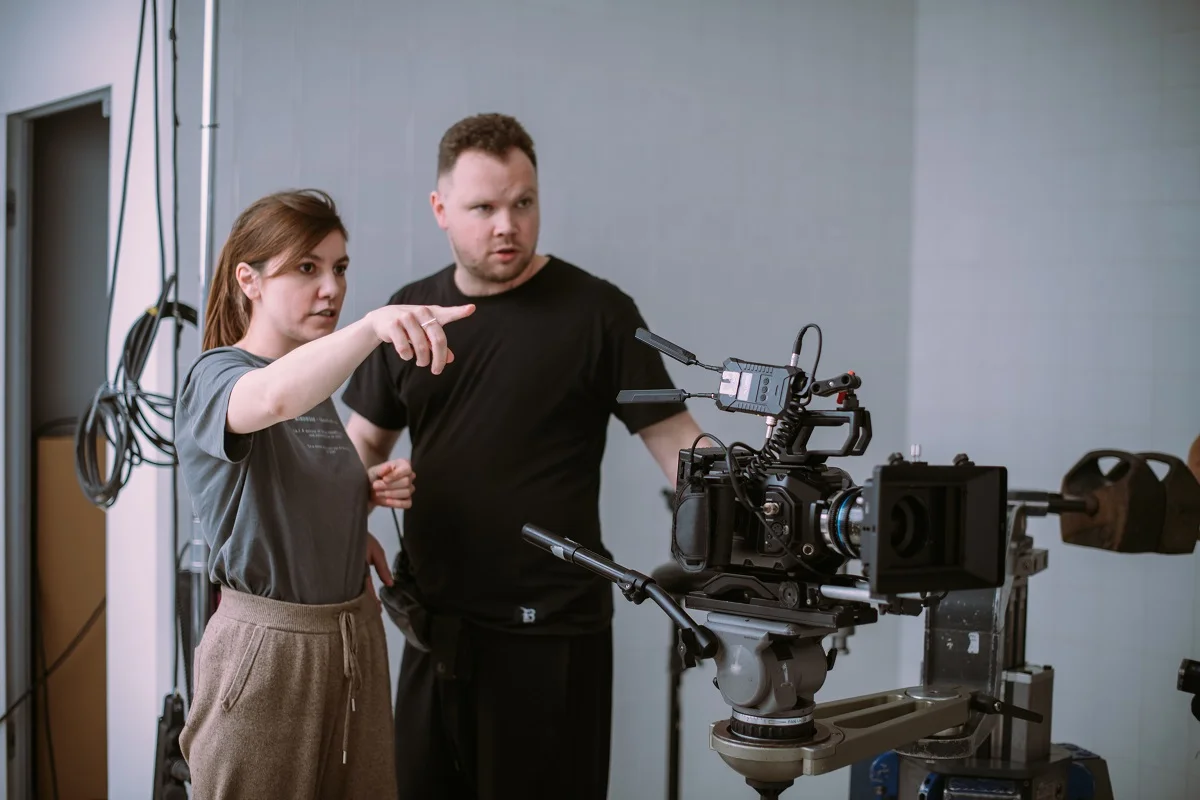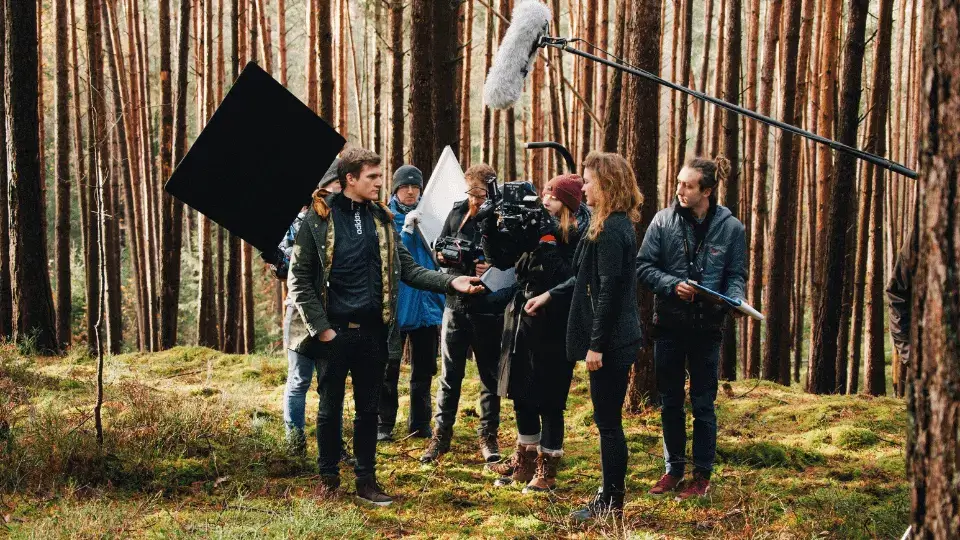The Definitive Path to Becoming a Successful Political Commentator
Learn how to become a successful political commentator with our definitive guide. From developing knowledge and expertise to building your brand and gaining experience, discover the steps to kickstart your career. Gain insights, tips, and key takeaways for aspiring political commentators.









